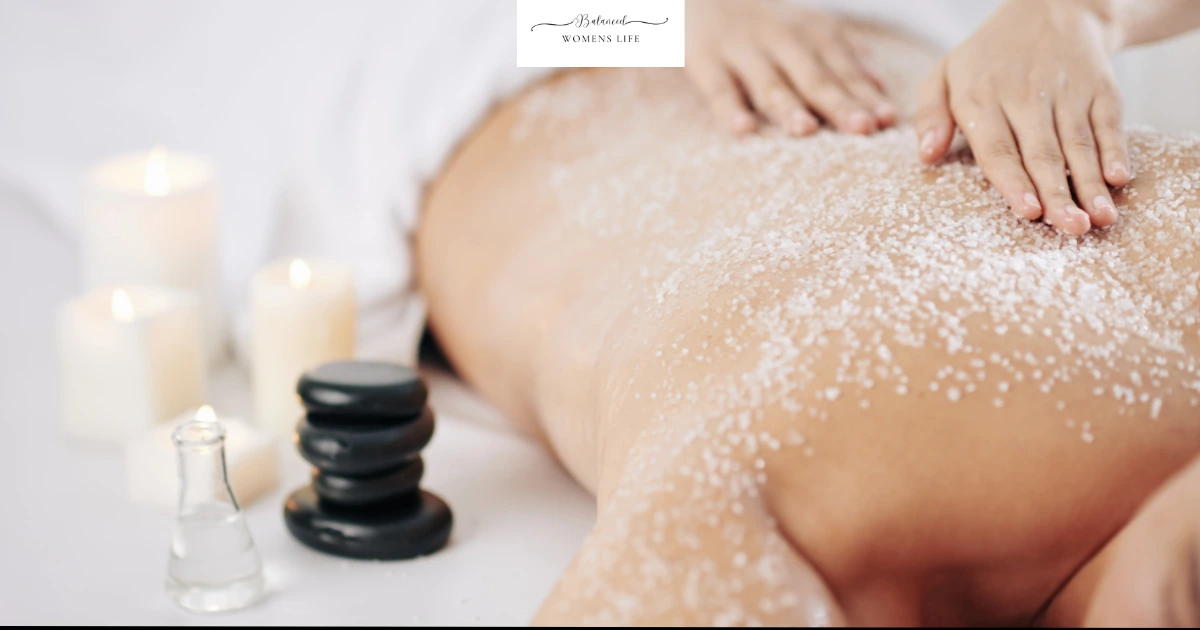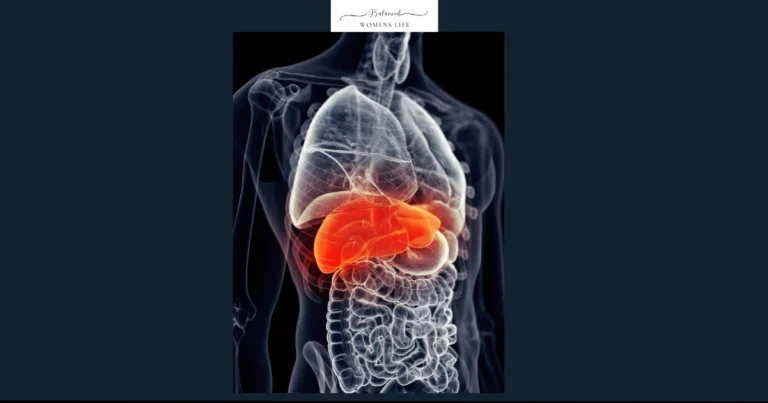Discover the Magic: Salt Therapy Benefits and the Path to Rejuvenation
Feeling stressed, congested, or simply in need of a revitalizing experience? You may have heard whispers about salt therapy, also known as halotherapy, and its potential benefits. But what exactly is salt therapy, and how can it help you breathe better and feel rejuvenated? This comprehensive guide dives into the world of salt therapy, exploring its origins, its scientific basis, and the numerous salt therapy benefits it offers.
Understanding Salt Therapy: A Natural Remedy with Ancient Roots
Salt therapy is a natural, complementary therapy that involves inhaling dry, pharmaceutical-grade salt in a controlled environment2. The practice dates back to 1843 in Poland, where it was observed that workers in underground salt mines experienced fewer respiratory problems2. By chiseling and grinding the salt, the miners released micro-sized particles of salt into the air, which they then inhaled2.Today, salt therapy is administered in specially designed salt rooms or caves, where a halogenerator disperses microscopic salt particles into the air2. As you relax in this serene environment, you inhale these tiny particles deep into your airways and lungs, and they also land on your skin2. This process is designed to replicate the microclimate of natural salt caves, providing a therapeutic experience for both your respiratory and integumentary systems6.
How Does Salt Therapy Work? Unveiling the Mechanisms
The salt therapy benefits stem from the unique properties of dry salt. Salt is naturally absorbent, anti-inflammatory, and antibacterial [2, 3, 4].Here’s how salt therapy works:
- Respiratory Cleansing: Inhaled salt particles help to thin and liquefy mucus, making it easier to dislodge and expel pathogens, debris, and pollutants from your airways2. It’s like a toothbrush for your lungs, clearing out irritants so you can breathe with ease2.
- Stimulating Cilia: Salt particles also stimulate the natural movement of cilia, tiny hair-like structures in your airways that help keep them clear of mucus and dirt2.
- Skin Rejuvenation: For the skin, dry salt can absorb impurities, regulate pH levels, and promote the skin’s “good” bacteria2. It improves the skin’s protective properties, reducing inflammation and encouraging natural exfoliation and regeneration [2, 5].
- Stress Reduction: The calming environment of a salt room promotes relaxation and reduces stress levels [4, 5, 6]. Himalayan salt crystals emit negative ions, which can help normalize breathing rate, decrease blood pressure, and relieve tension4.

Salt Therapy Benefits: A Comprehensive Overview
The potential salt therapy benefits are wide-ranging, impacting various aspects of health and well-being.
- Improved Respiratory Health: Salt therapy is known for its ability to cleanse and detoxify the respiratory system, helping to alleviate symptoms of allergies, asthma, bronchitis, COPD, cystic fibrosis, sinusitis, and smoker’s cough [1, 5, 6]. Inhaling dry salt particles helps remove bacteria, mucus, and inflammatory properties, boosting respiratory performance and potentially increasing oxygen intake1.
- Healthier Skin: Exposure to salt particles can relieve skin conditions such as dermatitis, psoriasis, and eczema, promoting healthier skin by encouraging rejuvenation of skin cells [5, 6].
- Stress Reduction and Relaxation: The calming environment of a salt room can help reduce stress levels and promote relaxation [1, 4, 5, 6]. The high concentration of negative ions in the room can calm and relax the nerves by normalizing breathing rate, decreasing blood pressure, and relieving tension4.
The Science Behind Salt Therapy Benefits: Key Studies and Statistics
While anecdotal evidence for the benefits of salt therapy is abundant, scientific research is also emerging to support these claims.
- One study showed that people with asthma and other respiratory ailments breathed easier after using a salt cave for salt therapy3.
- Research has shown that Himalayan salt crystals emit naturally occurring negative ions that reduce stress and fatigue while supporting a sense of well-being4.
- A significant benefit of salt therapy has been found to be significant improvement of many common skin complaints3.
To help summarize all of the benefits, here’s a table:
| Benefit | Description | Source(s) |
|---|---|---|
| Respiratory Support | Helps remove bacteria, mucus, and inflammatory properties from the respiratory system, alleviating symptoms of various respiratory conditions. | [1, 2, 3, 5, 6] |
| Healthier Skin | Absorbs impurities, regulates pH levels, and promotes skin’s “good” bacteria, relieving symptoms of skin conditions like eczema and psoriasis. | [2, 5, 6] |
| Stress Reduction | Creates a calming, meditative environment with negative ions that normalize breathing rate, decrease blood pressure, and relieve tension. | [1, 4, 5, 6] |
| Improved Oxygen Intake | Enhanced respiratory performance leads to higher oxygen intake, improving the immune system and increasing energy levels. | 1 |
| Detoxification | Aids in the detoxification of the respiratory system by loosening mucus and removing pollutants, and also draws impurities from the skin. | [2, 3, 5, 6] |
Unlocking Salt Therapy’s Potential: What to Expect During a Session
A typical salt therapy session lasts around 45 minutes4. During the session, you simply relax in a comfortable chair in the salt room and breathe normally2. The environment is carefully controlled to maintain a consistent temperature and humidity level2.To maximize the salt therapy benefits, it’s recommended to:
- Wear loose clothing to enhance skin exposure6.
- Stay hydrated before and after the session to support detoxification6.
- Practice deep, slow breathing during the session to maximize the salt’s impact on your lungs6.
- Use the session for mindfulness or meditation to fully experience the stress-relieving benefits6.
FAQ: Answering Your Questions About Salt Therapy Benefits
- Q: Is salt therapy safe for everyone?
- Q: How often should I do salt therapy?
- A: Regular sessions, two to three times a week, offer the best results for respiratory and skin health6.
- Q: What should I wear to a salt therapy session?
- A: Wear comfortable, loose clothing to enhance skin exposure6.
- Q: Are there any side effects of salt therapy?
- A: Salt therapy is generally well-tolerated, but some people may experience a mild cough or runny nose after a session, as the salt helps to clear out mucus2.
- Q: Is salt therapy a replacement for traditional medical treatment?
* A: No, salt therapy is a complementary therapy designed to be used with conventional medicine2. It should not be viewed as a replacement for traditional medical treatment.
Embrace the Power of Salt: Breathe Better, Feel Rejuvenated
Salt therapy offers a natural and effective way to support your respiratory health, rejuvenate your skin, and reduce stress. By understanding the science behind salt therapy benefits and incorporating this therapy into your wellness routine, you can breathe better, feel rejuvenated, and unlock a new level of well-being. So, take a deep breath and discover the magic of salt therapy for yourself.







